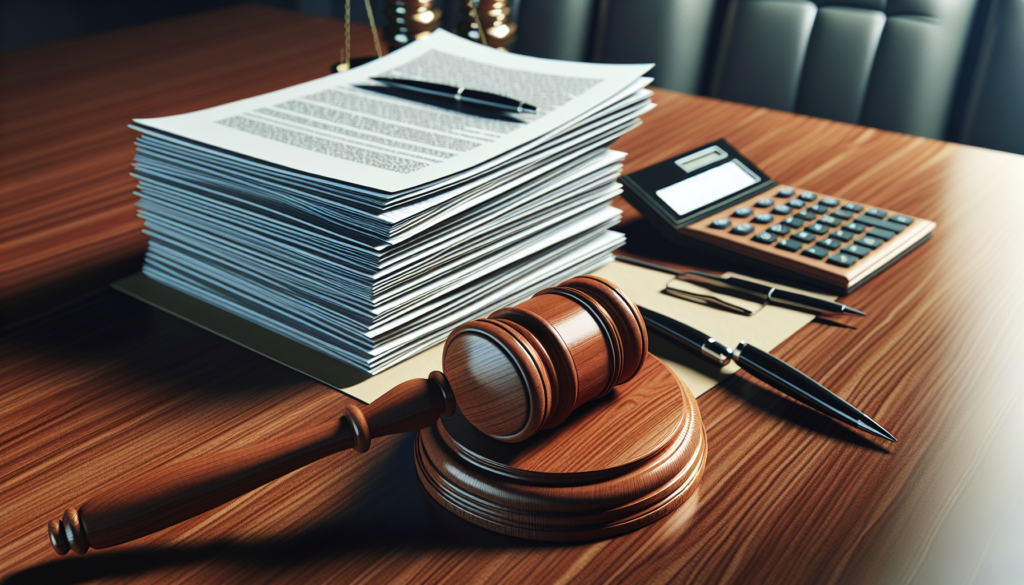
When considering Chapter 13 bankruptcy, many debtors aim to minimize the amount they need to repay. While the primary goal of Chapter 13 is to provide a fair and structured repayment plan, there are legal strategies and considerations that can help reduce the total repayment amount. It’s crucial to approach this with a thorough understanding of the law and a commitment to ethical financial practices. Here’s an in-depth look at how you might pay back as little as possible in a Chapter 13 bankruptcy.
Understanding Chapter 13 Repayment Plans
Chapter 13 bankruptcy involves creating a repayment plan that lasts between three to five years. The amount you’ll need to repay depends on your income, expenses, and the types of debt you have. Not all debts are treated equally in bankruptcy; some are prioritized over others.
- Determine Your Disposable Income
Your disposable income is a key factor in determining your Chapter 13 plan payment. It’s calculated by subtracting your allowed monthly expenses from your monthly income. Ensuring that all your legitimate expenses are accounted for can lower your disposable income, which in turn, can reduce your plan payment.
- Accurately Classify Your Debts
Debts in Chapter 13 are classified as priority, secured, or unsecured:
- Priority debts (like child support, alimony, and certain taxes) must be paid in full.
- Secured debts must be paid at least to the value of the collateral securing the debt.
- Unsecured debts (like credit card debt and medical bills) don’t need to be paid in full; they receive whatever remains after dealing with priority and secured debts.
Minimizing the repayment of unsecured debts can significantly reduce the total amount you pay back.
- Use the Means Test
The means test compares your income to the median income for a household of your size in your state. If your income is below the median, you may qualify for a three-year repayment plan instead of five years, reducing the duration of your payments.
- Examine Your Expenses
Ensure all your legitimate expenses are included in your budget. Reasonable and necessary expenses can reduce your disposable income, which is crucial for calculating your payment plan. This includes costs related to health, welfare, and productivity at work.
- Asset Valuation
Properly valuing your assets, especially in the case of secured debts, can influence your repayment plan. If the market value of a secured item (like a car) is less than what you owe, you might only need to repay the asset’s current value, not the total debt.
- Modify Your Plan
If your financial situation changes during your Chapter 13 plan, you may be able to modify your plan payments. A decrease in income or an increase in necessary expenses can be grounds for a reduced payment.
- Attorney Assistance
Working with a knowledgeable bankruptcy attorney can make a significant difference. They can help ensure your plan is as favorable as possible, guide you through legal complexities, and advocate on your behalf.

Ethical Considerations
While minimizing repayments is a goal for many, it’s essential to approach this ethically. Providing accurate information about your income, assets, and debts is crucial. Bankruptcy fraud is a serious offense with severe consequences.
Reducing the amount you pay back in a Chapter 13 bankruptcy involves a detailed understanding of bankruptcy law, careful planning, and accurate reporting of your financial situation. While the aim is to lessen your financial burden, it’s important to balance this with the legal and ethical obligations of the bankruptcy process. With the right approach and professional guidance, you can navigate your Chapter 13 bankruptcy in a way that is both beneficial and compliant with legal standards.

Get a Free Bankruptcy Case Evaluation